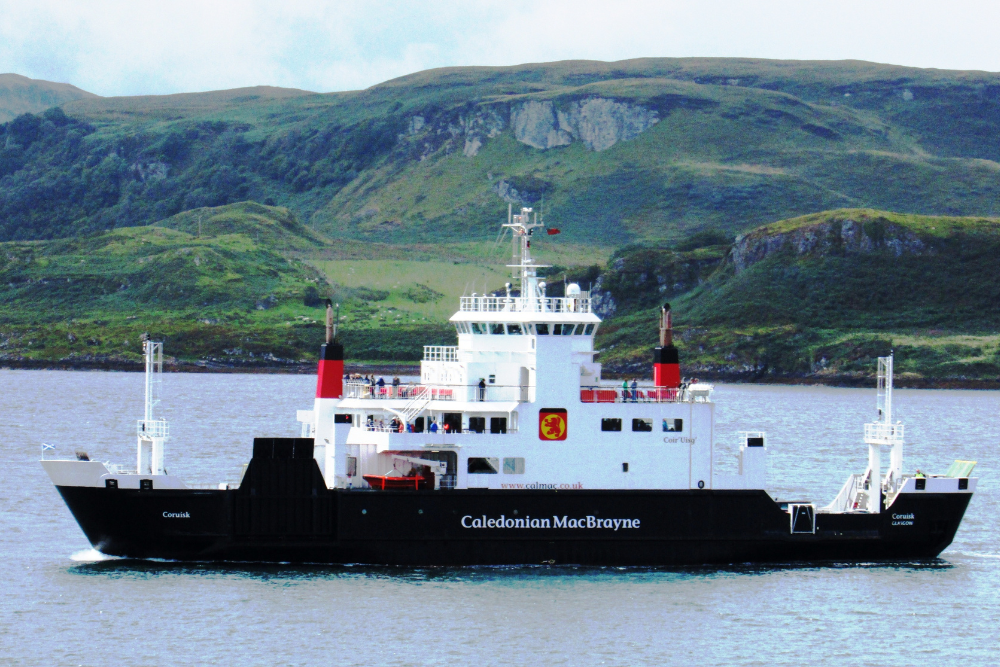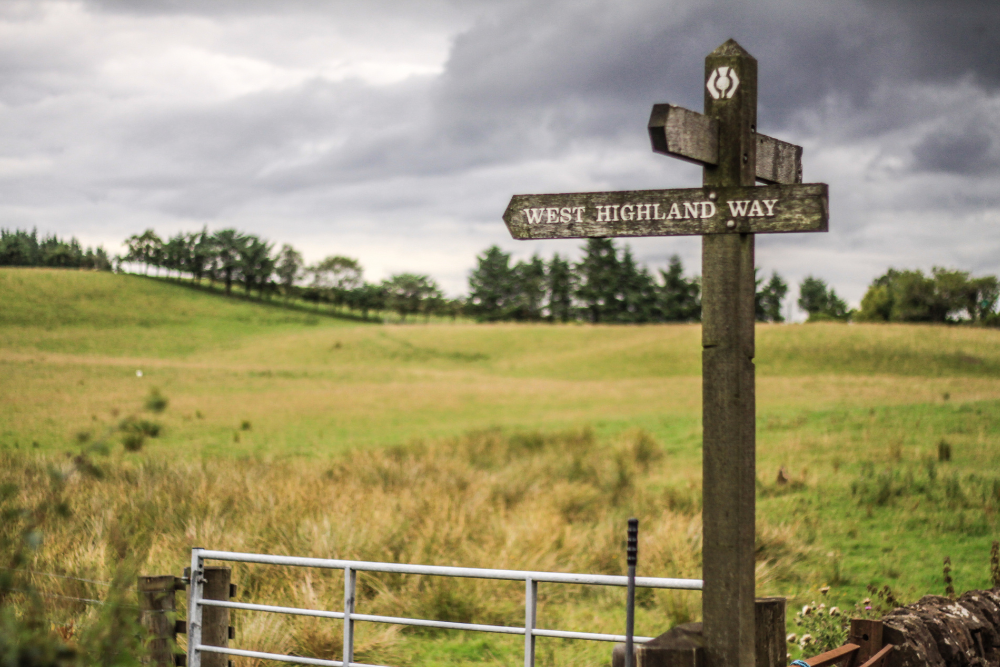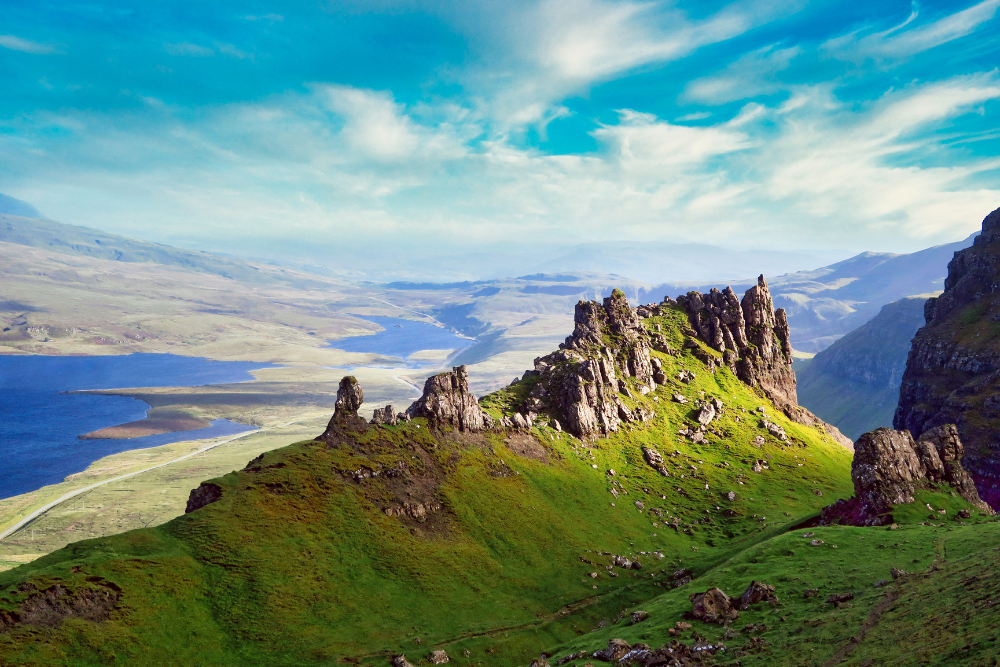Scotland, with its majestic landscapes, charming cities, and historic landmarks, is a country that invites exploration. While many travelers might think that renting a car is essential to experience its beauty, Scotland offers an excellent range of public transportation options, making it easy to explore without the need for a car. From scenic train journeys to accessible buses, ferries, and cycling routes, there are plenty of ways to travel across this stunning country without getting behind the wheel.
If you’re planning a trip to Scotland and prefer to leave the car behind, here’s a comprehensive guide to help you make the most of your adventure.
1. Trains: The Scenic and Comfortable Option
Scotland boasts an extensive and efficient train network that connects most major cities, towns, and even some remote villages. For travelers wanting to take in the stunning scenery while traveling in comfort, trains are an ideal way to go.
Top Train Routes
- Glasgow to Edinburgh: These two cities are just 45 minutes apart by train, making it an easy and quick journey. Once in Edinburgh, the city’s compact size makes it ideal for exploring on foot.
- The West Highland Line: Starting from Glasgow, this route heads to Fort William and beyond to Mallaig. It’s one of the most scenic train journeys in the world, offering views of rugged landscapes, lochs, and glens, including the famous Glenfinnan Viaduct, featured in the Harry Potter films.
- The Caledonian Sleeper: If you’re looking to travel overnight, the Caledonian Sleeper is a unique and comfortable way to get from London to Scotland, with stops in cities like Edinburgh and Glasgow. You can also take the Sleeper train from Inverness to London, offering a cozy and efficient way to travel.
- The Jacobite Steam Train: For fans of the Harry Potter films, taking the Jacobite Steam Train from Fort William to Mallaig is a must. It crosses the iconic Glenfinnan Viaduct and offers an immersive travel experience with a nostalgic touch.
2. Buses and Coaches: Affordable and Accessible Travel
Scotland’s bus network is well-developed, and while it may not always offer the same scenic appeal as the train, it is an affordable and practical option for getting around. Coach services like Citylink and Megabus connect major cities, towns, and rural areas, making it easy to travel long distances without a car.
Long-Distance Coaches
- Citylink: This national coach service connects cities like Edinburgh, Glasgow, Inverness, and Fort William. Coaches are comfortable and often provide Wi-Fi and power outlets. They also offer special routes to the Isle of Skye, Oban, and other popular tourist destinations.
- Megabus: Another budget-friendly option for travelers, Megabus offers low-cost travel between major cities like Glasgow, Edinburgh, and Aberdeen, with stops at towns and key tourist spots along the way.
Local Buses
For exploring smaller towns and villages, local buses are an easy and convenient way to get around. Most regions in Scotland have local bus services that operate regularly, even to remote areas. Make sure to check timetables in advance, as some rural services might be less frequent.
3. Ferries: Island Hopping Made Easy
Scotland is made up of many beautiful islands, and exploring these by ferry is a fantastic way to discover more remote regions. Ferries are not only practical but offer a chance to enjoy the coastline and view the country from a different perspective.
Popular Ferry Routes
- Mallaig to Skye: If you’re traveling to the Isle of Skye, the ferry from Mallaig is a scenic way to reach the island, with breathtaking views of the surrounding coast and islands.
- Oban to the Isles: From Oban, you can hop on ferries to visit several islands in the Inner Hebrides, including Mull, Iona, and Staffa. The journey between the islands is often scenic and relaxing, offering views of the rugged coastline.
- From the mainland to Orkney and Shetland: Ferries from Aberdeen and Invergordon take you to Orkney and the more distant Shetland Islands. These remote destinations are perfect for those wanting to experience Scotland’s more isolated beauty.
4. Cycling: Explore at Your Own Pace
Scotland is one of the most cyclist-friendly countries in Europe, with dedicated bike paths, quiet country roads, and some of the best mountain biking trails in the world. For those who love a more active adventure, cycling is a fantastic way to explore the country, especially the Highlands and islands.
Cycling Routes
- The National Cycle Network (NCN): This network connects various towns and cities, with specific routes designed for leisure cycling. The NCN Route 7, for example, runs from Dumfries to Inverness, passing through scenic countryside, forests, and lochs.
- Isle of Skye and the Hebrides: For a more relaxed cycling experience, the Isle of Skye and other Hebridean islands offer relatively quiet roads and stunning scenery, making them a perfect place for cyclists.
- Mountain Biking: Scotland is known for its world-class mountain biking trails. Glentress near Peebles and Fort William (home to the famous World Cup downhill track) offer thrilling trails for biking enthusiasts.
5. Walking and Hiking: Scotland’s Natural Beauty at Your Feet
Scotland is a hiker’s paradise, with countless trails leading to breathtaking landscapes, from the rugged mountains of the Highlands to coastal cliffs and serene lochs. Many towns and cities are walkable, and there are plenty of well-marked trails for all levels of hikers.
Famous Walking Trails
- The West Highland Way: This 96-mile long-distance trail runs from Milngavie near Glasgow to Fort William, passing through some of the most dramatic scenery Scotland has to offer, including Loch Lomond, Glen Coe, and the Rannoch Moor.
- The Trossachs: Known as the “gateway to the Highlands,” the Trossachs National Park offers beautiful walks around Loch Katrine, as well as forest paths and hill hikes.
- Ben Nevis: For experienced hikers, summiting Ben Nevis, the UK’s highest mountain, is a rewarding challenge that offers sweeping views of the surrounding area.
- Isle of Skye: The Old Man of Storr and Fairy Pools are popular hikes on the Isle of Skye, offering incredible views of the island’s dramatic landscapes.
6. Tour Operators and Guided Tours
If you prefer not to deal with logistics yourself, guided tours are an excellent way to explore Scotland. There are a wide range of tour operators that offer day trips and multi-day tours, taking you through Scotland’s most iconic destinations.
Popular Guided Tours
- Highland Tours: Many tour operators in Inverness and Fort William offer guided day trips to the Isle of Skye, Loch Ness, and the Cairngorms.
- City Sightseeing: In cities like Edinburgh and Glasgow, hop-on-hop-off bus tours are a great way to see the sights without needing to navigate on your own.
- Whisky Tours: Scotland’s whisky regions, including Speyside and Islay, have guided whisky tours where you can visit distilleries and learn about the whisky-making process.
Conclusion
Exploring Scotland without a car is not only possible, but it can also enhance your travel experience. With trains, buses, ferries, cycling paths, and guided tours, you can easily immerse yourself in Scotland’s natural beauty, historic sites, and vibrant culture without the stress of driving. Whether you’re taking a scenic train ride through the Highlands or cycling through the Hebrides, Scotland offers countless ways to explore this incredible country, all while reducing your carbon footprint and avoiding the hassle of navigating unfamiliar roads.












